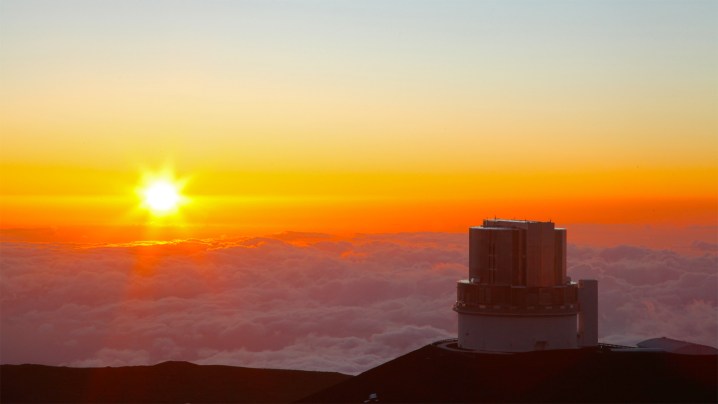
An enormous camera mounted to the massive 8.2m Subaru Telescope in Hawaii has captured evidence of supermassive black holes forming in the ancient universe. Astronomers have discovered 83 quasars powered by supermassive black holes from billions of years ago, in the first 10 percent of the universe’s current age.
It came as a surprise to scientists that black holes were so common in the earliest days of the universe. “It is remarkable that such massive dense objects were able to form so soon after the Big Bang,” Michael Strauss, a professor of astrophysical sciences at Princeton University and one of the co-authors of the study, said in a statement. “Understanding how black holes can form in the early universe, and just how common they are, is a challenge for our cosmological models.”
The data was collected by looking at very distant objects which are around 13 billion light-years away from Earth. Because it takes time for light to travel this enormous distance, observing quasars this far away is like looking back in time 13 billion years. The Big Bang took place 13.8 billion years ago, so these observations show how the universe appeared in its infancy.
To see quasars at this distance, a tremendously powerful telescope was required. The Subaru Telescope is equipped with an instrument called the Hyper Suprime-Cam (HSC) which has an huge field of view of 1.77 degrees across, which is seven times the area of the full moon. For reference, the Hubble Telescope has a field of view of just 0.04 degrees, meaning many separate images have to be stitched together to form the beautiful pictures we all love to see.

Using the HSC, the researchers were able to determine that between the 83 newly-discovered quasars and the 17 which had already been discovered in the survey region, there was approximately one supermassive black hole per cubic giga-light-year. That means if you chopped up the universe into cubes which were a billion light years on each side, then you’d expect to find one supermassive black hole per chunk.
The team’s next aim is to hunt for more black holes and to hopefully discover when the very first supermassive black hole appeared in our universe.



